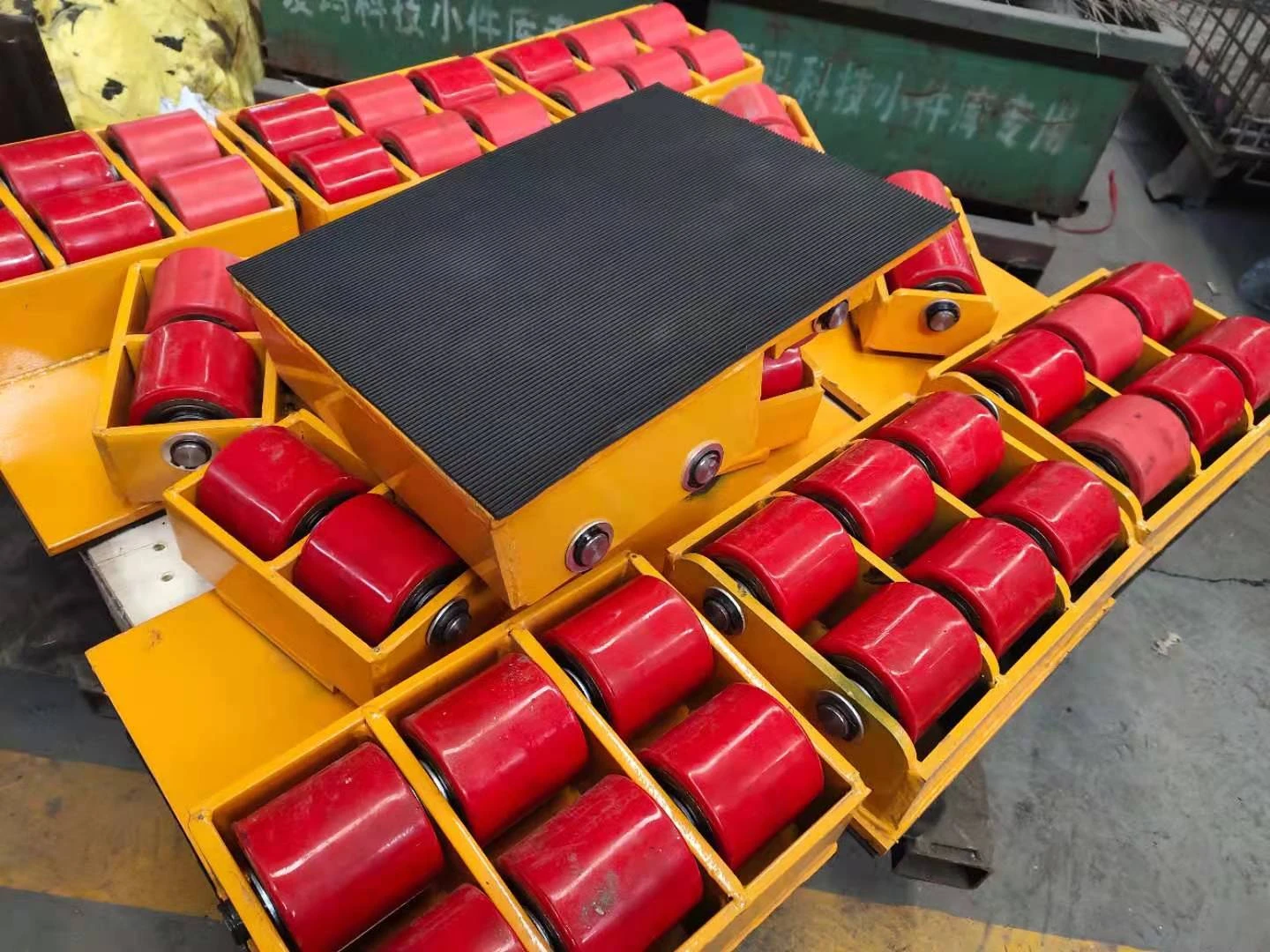over head gantry crane
Understanding Overhead Gantry Cranes Design, Function, and Applications
Overhead gantry cranes are vital pieces of equipment commonly used in industrial settings, providing efficient material handling solutions. Their design allows them to operate at a height above ground level, enabling them to move heavy loads across large distances, thereby enhancing productivity in various sectors such as manufacturing, warehousing, construction, and more. This article delves into the key components, functionalities, and diverse applications of overhead gantry cranes, showcasing their significance in modern industry.
What is an Overhead Gantry Crane?
An overhead gantry crane consists of a hoisting mechanism, a bridge that spans the area to be serviced, and legs (or supports) that provide stability and mobility. The bridge is mounted on wheels or tracks, allowing it to traverse the length of the work area, while the hoist can move vertically to lift and lower materials. Unlike traditional overhead cranes that are mounted on fixed girders, gantry cranes are mobile, making them suitable for outdoor use or environments where permanent installation is impractical.
Key Components
1. Bridge The main horizontal structure that supports the hoisting mechanism and provides significant reach across the work area.
2. Hoist The device that lifts and lowers loads, typically powered by an electric motor, which enables precise control over heavy materials.
3. Legs The vertical supports that enable the structure to stand firm and provide maneuverability. Depending on the design, the legs may be equipped with wheels for mobility.
4. Controls Overhead gantry cranes are equipped with control systems that allow operators to maneuver the hoist and bridge smoothly. Modern units often have remote controls or automated systems that improve safety and efficiency.
5. Safety Features Safety is paramount in crane operations. Most overhead gantry cranes come with various safety features, such as limit switches, emergency stop buttons, and overload sensors to prevent excessive load lifting.
Functionalities
Overhead gantry cranes are known for their versatility in handling heavy and bulky materials. Their primary functions include
over head gantry crane

- Lifting The primary function of the crane is to lift and lower loads of various weights, from small components to large machinery.
- Transporting They can move loads horizontally across the work area, significantly reducing the effort needed to transport materials manually.
- Positioning With precise control, these cranes allow for accurate positioning of heavy items, which is essential in assembly lines and construction sites.
Applications
The wide range of capabilities makes overhead gantry cranes relevant in numerous industries. Some of the primary applications include
1. Manufacturing In factories, overhead gantry cranes are used to move raw materials and finished products along assembly lines, improving workflow efficiencies.
2. Warehousing They facilitate the efficient stacking and retrieval of goods, providing a significant advantage in maximizing storage space and reducing manual labor.
3. Construction In the construction industry, these cranes play a crucial role in transporting heavy materials, such as steel beams or concrete blocks, to their designated locations.
4. Shipbuilding Overhead gantry cranes are common in shipyards, where they are used to lift and position large components of ships during assembly.
5. Automotive Industry In automotive manufacturing plants, these cranes assist in moving engines, chassis, and other heavy components throughout the production process.
Conclusion
Overhead gantry cranes are indispensable tools in the contemporary industrial landscape, providing unmatched efficiency and flexibility in material handling. Their ability to lift, transport, and position heavy loads makes them a preferred choice across various sectors. As technology continues to evolve, advancements in crane design and automation are likely to enhance their capabilities further, ensuring that overhead gantry cranes remain a cornerstone of effective industrial operations for years to come. Whether in a bustling factory, a busy warehouse, or a dynamic construction site, these cranes exemplify the marriage of engineering prowess and practical application, transforming the way industries operate.
-
Versatile Lifting Solutions with Gantry and Overhead CranesNewsAug.29,2025
-
The Versatile Mobile Gantry Crane SolutionNewsAug.29,2025
-
Reliable Movement with Heavy Machinery Skates and RollersNewsAug.29,2025
-
Reliable Lifting Performance with 2000 lb Gantry Crane and 2 Ton Overhead SystemsNewsAug.29,2025
-
Maximize Lifting Efficiency with PML Magnetic LiftersNewsAug.29,2025
-
Efficient Relocation Starts with Reliable Machinery MoversNewsAug.29,2025
-
Efficient and Safe Lifting with Permanent Magnetic LiftersNewsAug.29,2025
